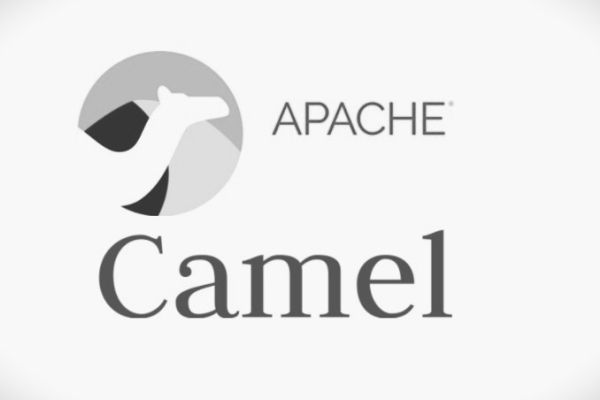Navigation

Apache Camel
Specialty Level
IT Tool
Related Post
Apache Camel
Apache Camel is an open-source integration framework that helps different software systems communicate with each other. It allows data to move between applications, databases, and services in a smooth and organized way.
This tool provides a set of rules and components that developers can use to define how data should be routed, transformed, or processed. Apache Camel uses a programming concept known as Enterprise Integration Patterns (EIPs), which are standard solutions to common messaging problems. It is especially useful in environments where multiple systems must share information reliably and efficiently.
Topic Sections
What is Apache Camel and How to Use It – first 20 mins
